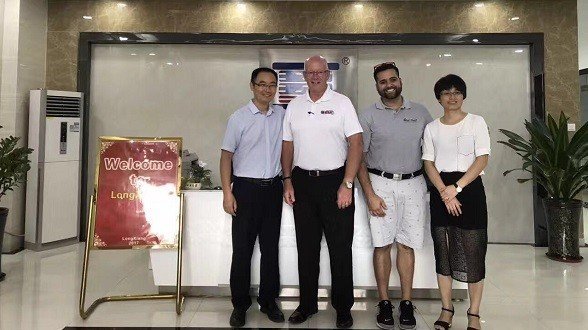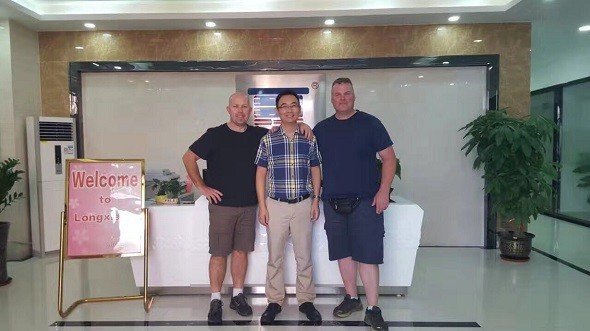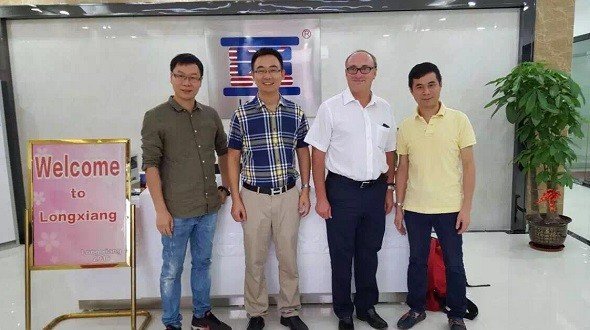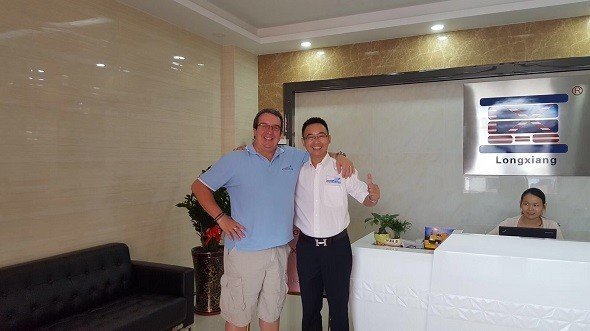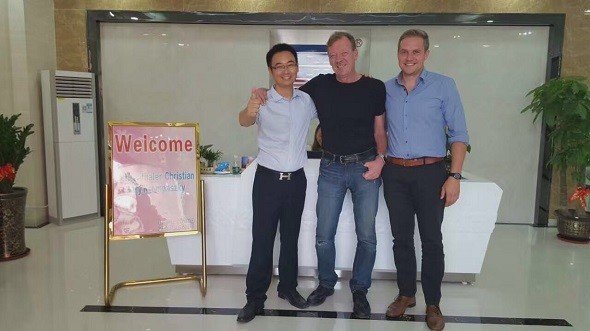When you’re building a brand or shipping products, packaging isn’t just a box — it’s your first impression, your protection, your logistics advantage. That’s where molded plastic packaging, injection molded containers, and packaging injection molding become game changers.
At LXG Mold Tooling, we understand the pressures: you want packaging that looks great, protects the product, ships safely, and yet doesn’t break your cost structure. That’s why we specialize in injection molding packaging — from food-grade molds to custom container runs.
Whether you’re exploring food molds plastic for sterile applications, lightweight injection molded containers for consumer goods, or robust injection molding packaging trays for complex parts, this guide will walk you through everything you need to know.
What Is Injection Molding in Packaging?
Packaging Injection Molding refers to the use of plastic injection molding techniques to produce packaging items — trays, containers, lids, inserts, and more. Unlike other packaging methods (blow molding, thermoforming), injection molding lets you create highly detailed, thin-walled, multi-cavity, and structurally optimized packaging.
Key benefits:
Precision & Complexity: You can mold intricate features, snap fits, ribs, undercuts—all within tight tolerances.
Repeatability: Once the tool is right, each cycle produces almost identical parts, ideal for scale.
Material Variety: From commodity plastics (PP, PE, PS) to engineering resins or even food-grade resins, you choose what fits your application.
High Volume Efficiency: The per-unit cost drops when producing thousands or millions.
Sustainability Options: Many packaging molds use recycled or recyclable resins, and durable designs reduce waste.
Nefab, a company in injection molded packaging, highlights that molded packaging can be reused in logistics, supports automation (robots, sensors, grippers), allows complex shapes, and supports sustainability goals.
When compared to thermoforming (another common packaging method), injection molding offers far greater design flexibility and replicability, though with higher tooling costs.
2. Types & Use Cases of Packaging Products
When you say “I want injection molding packaging,” what are some typical items you might order? Here are the common product types and scenarios:
| Product Type | Use Case / Example | Key Requirements |
|---|---|---|
| Food molds plastic | Baking molds, silicone trays, food-safe containers | Food-grade resin, smooth surfaces, sterilizable, compliance (e.g. FDA) |
| Injection molded containers | Jars, tubs, lids, bottles (rigid) | Tight sealing, dimensional accuracy, stackability |
| Trays & inserts | Structural trays, shipping crates, internal inserts | Load-bearing strength, drop protection, nesting ability |
| Lids & closures | Snap-on lids, child-proof caps, flip-top covers | Snap accuracy, injection molding tooling precision |
| Blister packs / blister shells | Transparent protective covers | Thin walls, clarity, precision ejection |
Many packaging applications are thin-walled, often less than 1 mm thick. Injection molding is well-suited for these when designed right.
In the food & beverage sector, you might see plastic molds, containers, or insert molds made from food-grade resins or silicone. RevPart talks about food-grade plastic injection molding and silicone molding for molds, trays, dispensers, etc.
So whether you’re launching a new snack product with custom packaging or an electronics kit needing nested trays, injection molding can deliver.
3. Key Considerations Before You Order Packaging Molding
If you’re a client looking to place an order for packaging injection molding with a manufacturer like LXG Mold Tooling, here are crucial factors you should understand and discuss:
3.1 Tooling Cost & Investment
The mold is the largest upfront cost. Complex molds with multiple cavities, slide mechanisms, or hot-runner systems cost more but yield lower per-part costs at scale.
3.2 Material Selection
Choosing the right resin is critical. For food molds plastic, it must be food-safe, comply with regulations, and resist chemicals or temperature. For industrial packaging, you may select PP, HDPE, PS, or specialty grades.
ProtoLabs publishes a material guide that helps engineers pick thermoplastics based on stress, environment, color, and cost.
3.3 Wall Thickness & Design for Manufacturability (DFM)
If a wall is too thin or uneven, you’ll get sink, warpage, or weak points. The mold design must ensure uniform flow, gate placement, and cooling.
3.4 Number of Cavities & Cycle Time
More cavities (e.g. 8, 16) speed up your output. But more cavities make the tooling more complex. Cycle time matters (how long it takes one shot to cool).
3.5 Tolerance & Quality Control
Packaging often interacts with other parts or packaging lines. So tolerance, consistency, and quality control (FAI, CMM, SPC) are essential.
3.6 Sustainability & Recyclability
Clients increasingly want packaging made from recycled, bio-based, or recyclable polymers. You’ll want to verify the resin supplier’s circularity claims.
3.7 Post-Processing & Assembly
Sometimes your molded packaging needs trimming, inserts, labeling, overmolding. Make sure your supplier (like LXG) can handle these or recommend third parties.
3.8 Logistics & Packaging of the Parts
Even after molding, how the parts get packed and shipped matters. Customized packaging for molded parts ensures they arrive safe. Reliant Plastics emphasizes that specific packaging for injection molded parts minimizes damage in transit.
4. The Process: From Order to Delivery
To help prospective clients see how we at LXG Mold Tooling would execute your packaging order, here’s a step-by-step walk-through (in a conversational style):
Step 1: Consultation & Requirements
You contact us with your packaging idea: maybe you need a food tray mold, or custom container for electronics. We ask about function, load, finishing, expected volumes, material preferences, regulations (e.g. food safety), etc.
Step 2: Design & DFM Review
Our engineers convert your sketches or CAD models into robust moldable designs. We run DFM (Design for Manufacturability) checks, ensuring gate placement, cooling, draft angles, wall thickness, and structural integrity. This step avoids costly rework.
Step 3: Prototype Tooling / Rapid Tooling
Before going full-scale, we often build a rapid tooling injection molding version — a prototype mold or soft tool. This gives you sample packaging you can test for fit, function, or market acceptance.
Step 4: Mold Fabrication
Once the prototype is approved, we build the final injection molding tools (hardened steel, multi-cavity, hot runners, etc.). This is where precision machining, EDM, polishing, and tool trials come in.
Step 5: Mold Testing & Qualification
We run trial shots and analyze quality. We use FAI, CMM inspection, SPC checks to validate tolerances, surface finish, structural integrity. If needed, mold tweaks and calibration happen here.
Step 6: Production Run
We begin full production of your molded plastic packaging or injection molded containers. Because the tooling is mature, the cycle is stable and yields high throughput.
Step 7: Post-Processing & Assembly
We handle any necessary finishing — trimming, insert placement, printing, overmolding, cleaning, or inspection.
Step 8: Packaging & Logistics
Your parts are packaged safely for transport. We design custom packing that protects delicate molded parts during shipment. Then we manage shipping to your site.
Step 9: After-Sales Support
We stand by our tooling: maintenance, revisions, repair, or scaling to new cavities.
This structured process gives you confidence, reduces surprises, and ensures delivery of reliable packaging injection molding.
5. Why Choose LXG Mold Tooling for Your Packaging Needs
Let me walk you through the features and advantages that set us apart — and what you should expect when you choose us.
5.1 Deep Packaging Expertise
We don’t just do generic plastic parts — we specialize in injection molding packaging, food molds plastic, and injection molded containers. We know the nuances of packaging — stacking, freight, handling, sealing, and clarity.
5.2 End-to-End Capabilities
From rapid tooling injection molding prototypes to hardened full molds, molding, finishing, assembly, and shipping — we handle it all under one roof. This reduces coordination pains and accelerates turnaround.
5.3 Quality Assurance You Can Trust
We enforce rigorous inspections: FAI, CMM, SPC, traceability. Every batch is checked to ensure fit, function, and consistency.
5.4 Material Diversity & Food-Grade Options
We support commodity, engineering, and food-grade resins. If you need food molds plastic that comply with FDA or EU regulations, we make sure materials, processing, and mold surfaces are appropriate.
5.5 Rapid Turnaround & Scalability
Through efficient workflow and rapid tooling strategies, we offer fast prototyping (5–10 days) and production orders within a few weeks. And when your demand grows, we can scale your mold (multi-cavity) or build clones.
5.6 Cost-Efficiency & Value Engineering
We review your design and suggest cost-saving tweaks — minimize material usage, balance walls, optimize gate locations — all without compromising function.
5.7 Global Delivery Capability
With export experience and packaging know-how, we deliver your molded parts safely to your warehouse, anywhere in the world.
6. Technical Deep Dive: Designing Packaging Molds
To show you our depth, here are some advanced considerations when you order an injection molding packaging project.
Gate Types & Runner Designs
Gate choice (edge gate, tunnel gate, submarine gate) influences appearance, weld lines, vestige marks. Runner design (cold runner vs hot runner) affects waste, cycle time, and cost.
Cooling System & Mold Temperature
Packaging molds often require rapid cooling to maintain dimensional stability. Efficient cooling channels (conformal, baffles) reduce cycle times.
Venting & Ejection
Proper venting avoids burn marks or trapped gases. Ejector pins or stripper plates must not mark the part surface undesirably—especially for visible packaging.
Shrinkage Analysis
Different resins shrink differently. Accurate compensation in mold geometry ensures the final container or packaging maintains precise dimensions.
Cavitation Strategy
Deciding how many cavities, layout, gating strategy—this determines cycle output and mold cost balance.
Surface Textures & Finishes
Packaging often demands aesthetic finishes — matte, gloss, micro-textures, injection-molded logos. The mold must be polished, micro-etched, or plated appropriately.
Insert / Overmolding Integration
If your packaging needs embedded inserts (e.g. metal parts, labels, tabs), or overmolding of soft-touch parts, the mold design must support it.
Tool Maintenance & Lifespan
Packaging molds often cycle heavily; we plan for maintenance, repair, and modular upgrades.
7. Case Example (Hypothetical)
Let me illustrate how this would work in a real-world context — say a food brand wants a custom reusable lunch box set.
You approach LXG with your 3D model of a container + lid + internal divider.
We design the tooling, considering food-safe PP resin, tight sealing features, snap-fit lid.
We produce a rapid tooling version for you to test leak, fit, stacking.
After your approval, we build the final multi-cavity tool, run qualification shots, inspect via CMM and SPC.
We produce your order — say 100,000 units — with consistent quality.
We package them in nested stacks, load into pallets, and ship to your facility.
You launch your product with confidence.
That’s the kind of end-to-end packaging injection molding service we deliver.
8. Common FAQs & Concerns
Here are some questions clients often ask:
Can you mold thin-walled (<1 mm) packaging? — Yes, with careful flow simulation, gating, and tool cooling design.
Can you use recycled or bio-based resins? — Yes, depending on your product, we can source and qualify sustainable materials.
How many cavities should I choose? — Depends on cycle time, volume, mold cost. We help you balance it.
What’s the lead time? — Prototype tooling may take 5–10 days; production molds in 3–6 weeks depending on complexity.
Do you handle food-grade molds? — Yes — we ensure mold surface, resin, and process compatibility with food-contact regulations.
9. Closing & Call to Action
If you’re ready to bring your packaging design to life — whether food-safe molds, nested trays, or stylish containers — LXG Mold Tooling is here to help. We combine technical depth, speed, and customer focus to deliver packaging injection molding that exceeds expectations.
👉 Request a Quote today. Let us turn your molded packaging dreams into reliable, shippable reality.
3 Steps For Precision Manufacturing
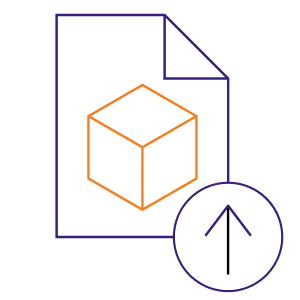
Share Your Files
We’ll sign an MNDA and assess manufacturability for free.

Recieve A Quote
Clear pricing and lead times, no
surprises.
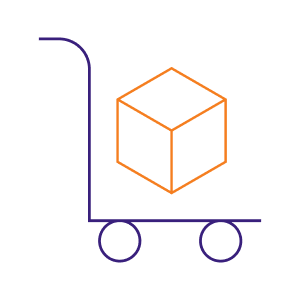
Place Your Order
Lock in production and move forward with confidence.
Get A Quote Now and let’s build smarter, faster, and stronger — together.
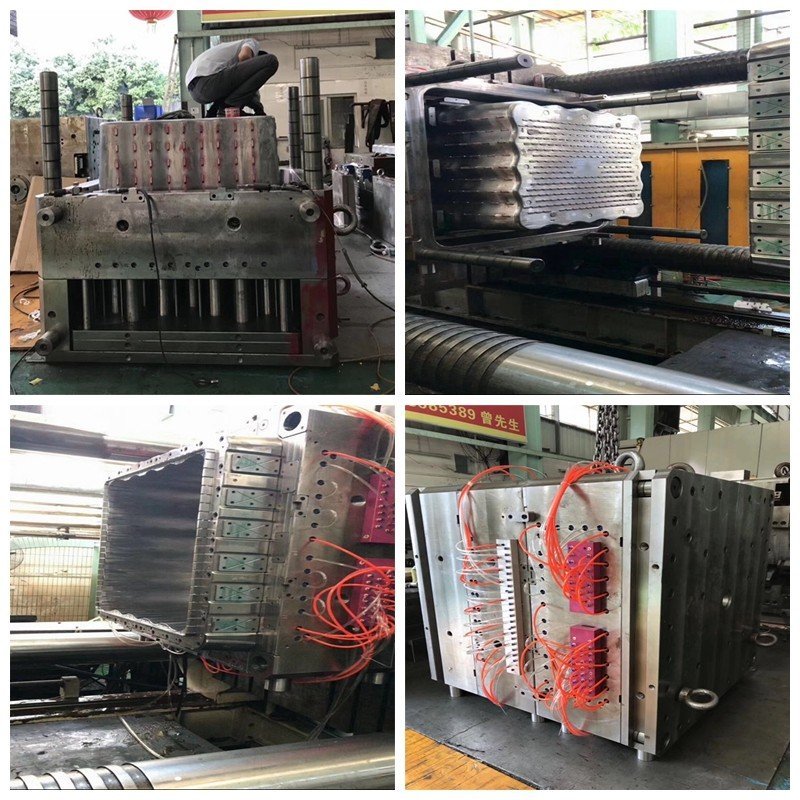
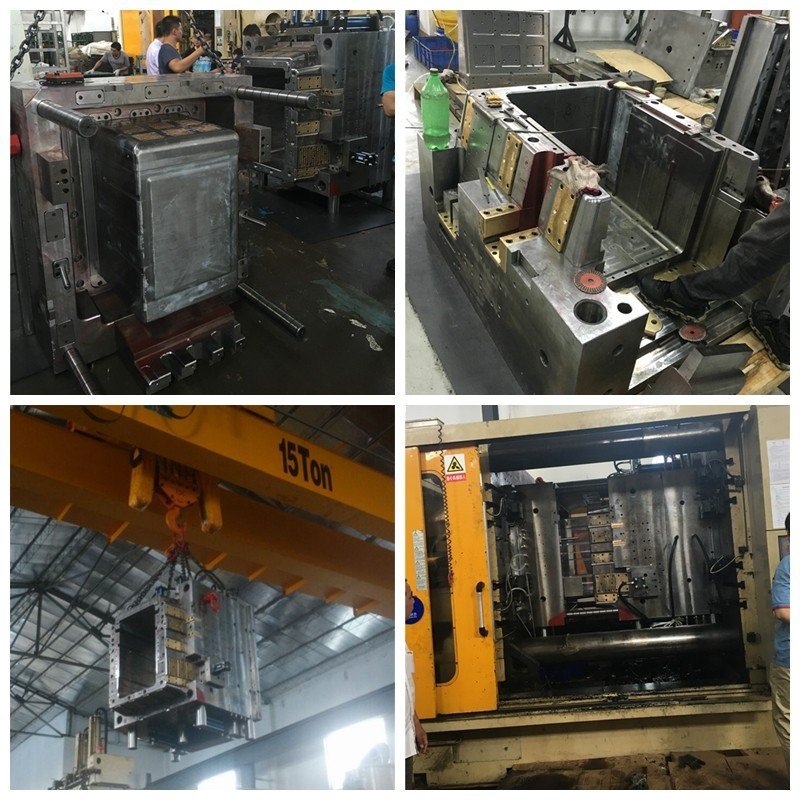
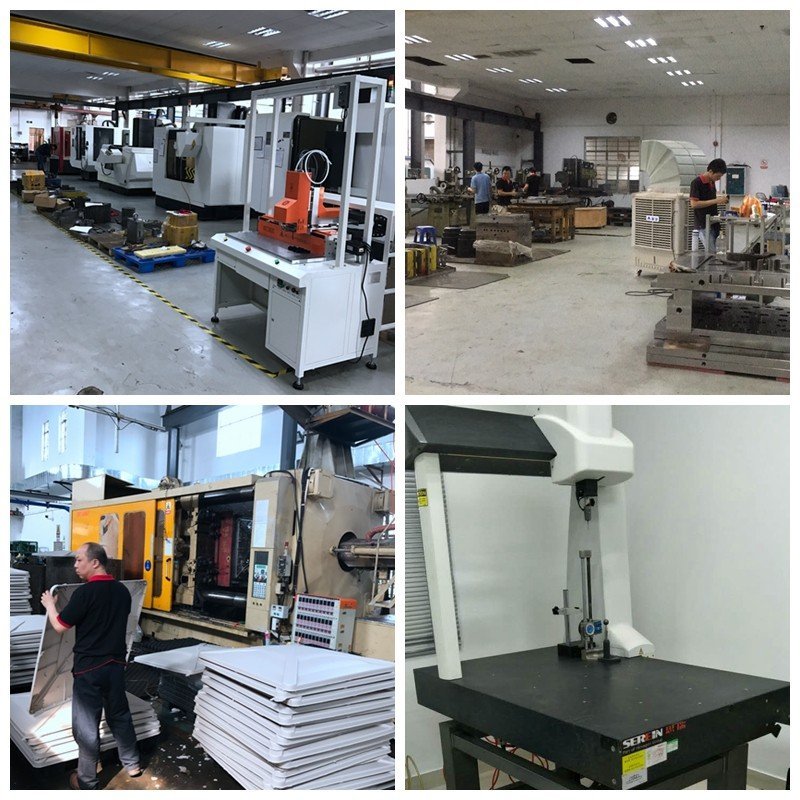
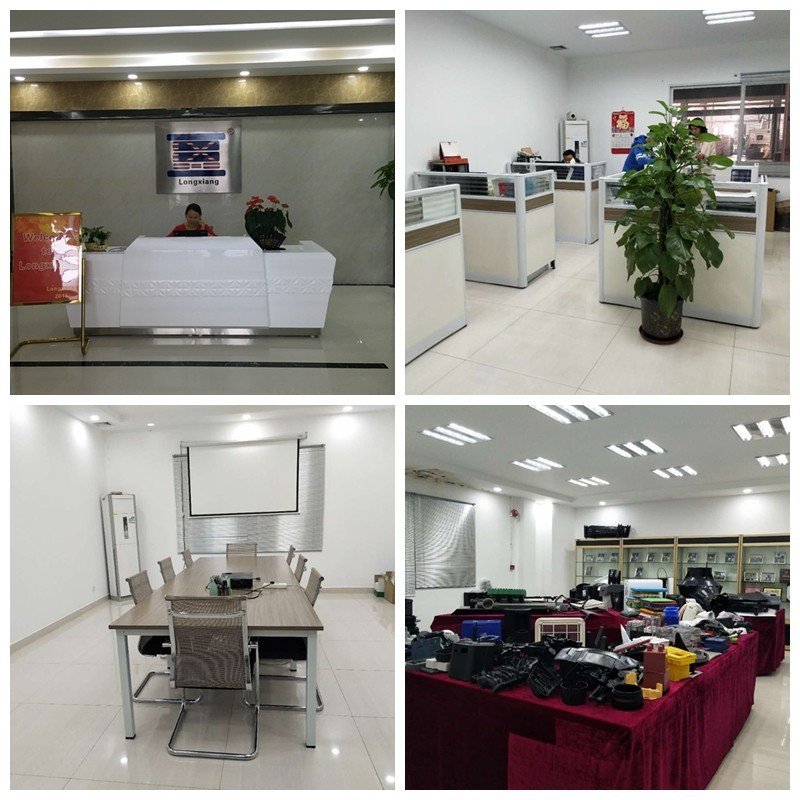
Our Testimonials
our client say's
At LXG Mold Tooling, we believe great products start with great tools. As a global leader in injection mold tooling and high-precision plastic manufacturing, we’ve built our reputation on quality, speed, and trust.
Founded in 2000 as part of LongXiang-Ltd, our company has grown into one of China’s most reputable mold-making and injection molding partners. With a 5,000 sq. meter facility, 120+ skilled professionals, and state-of-the-art equipment, we provide end-to-end solutions — from concept validation and rapid tooling injection molding prototypes to mass production with durable injection molding tools.
